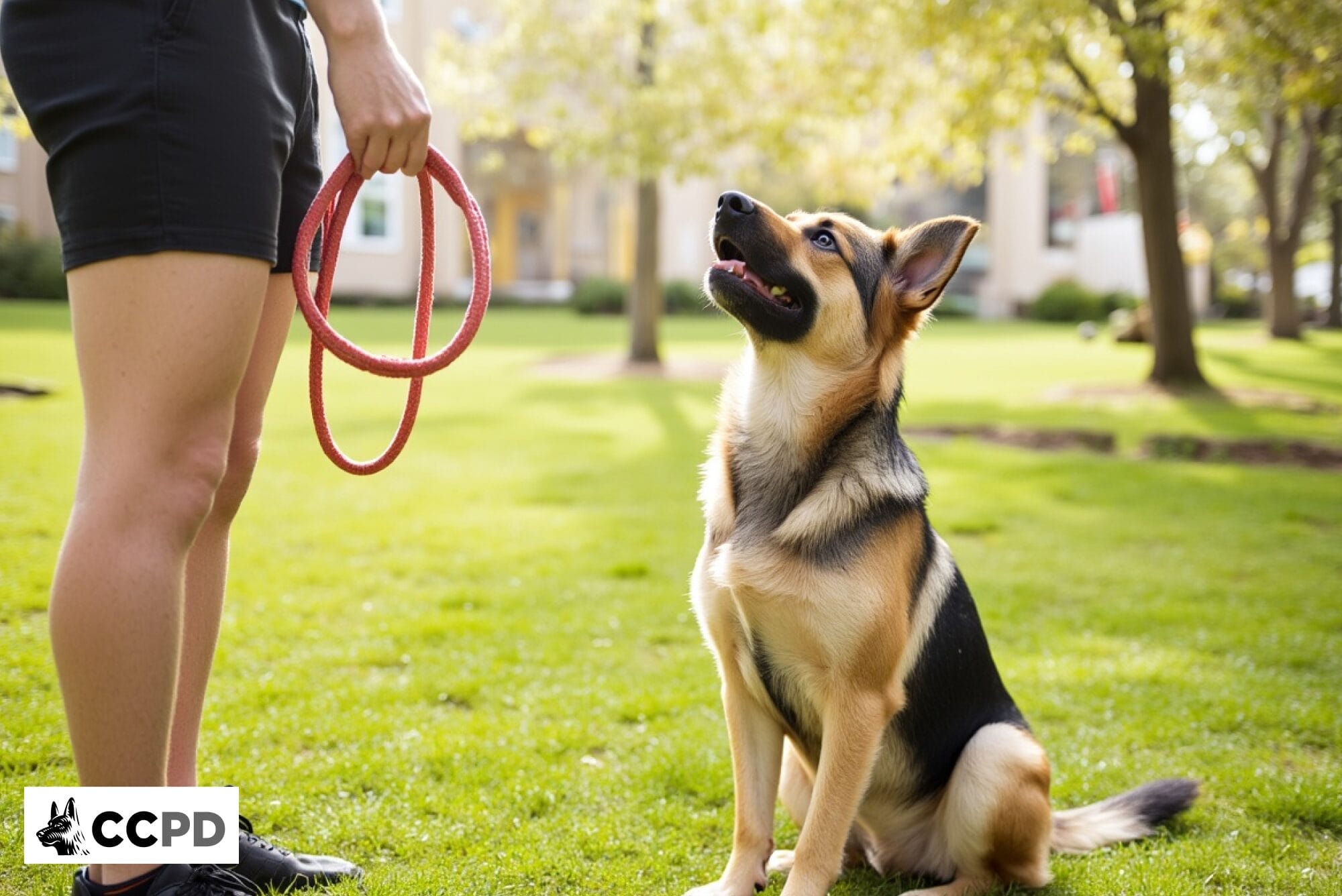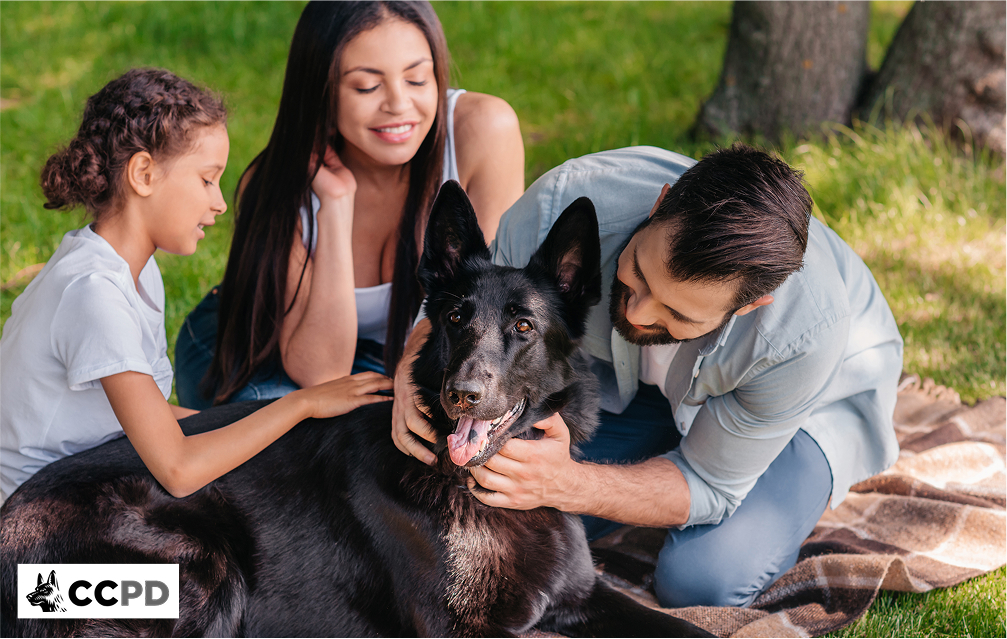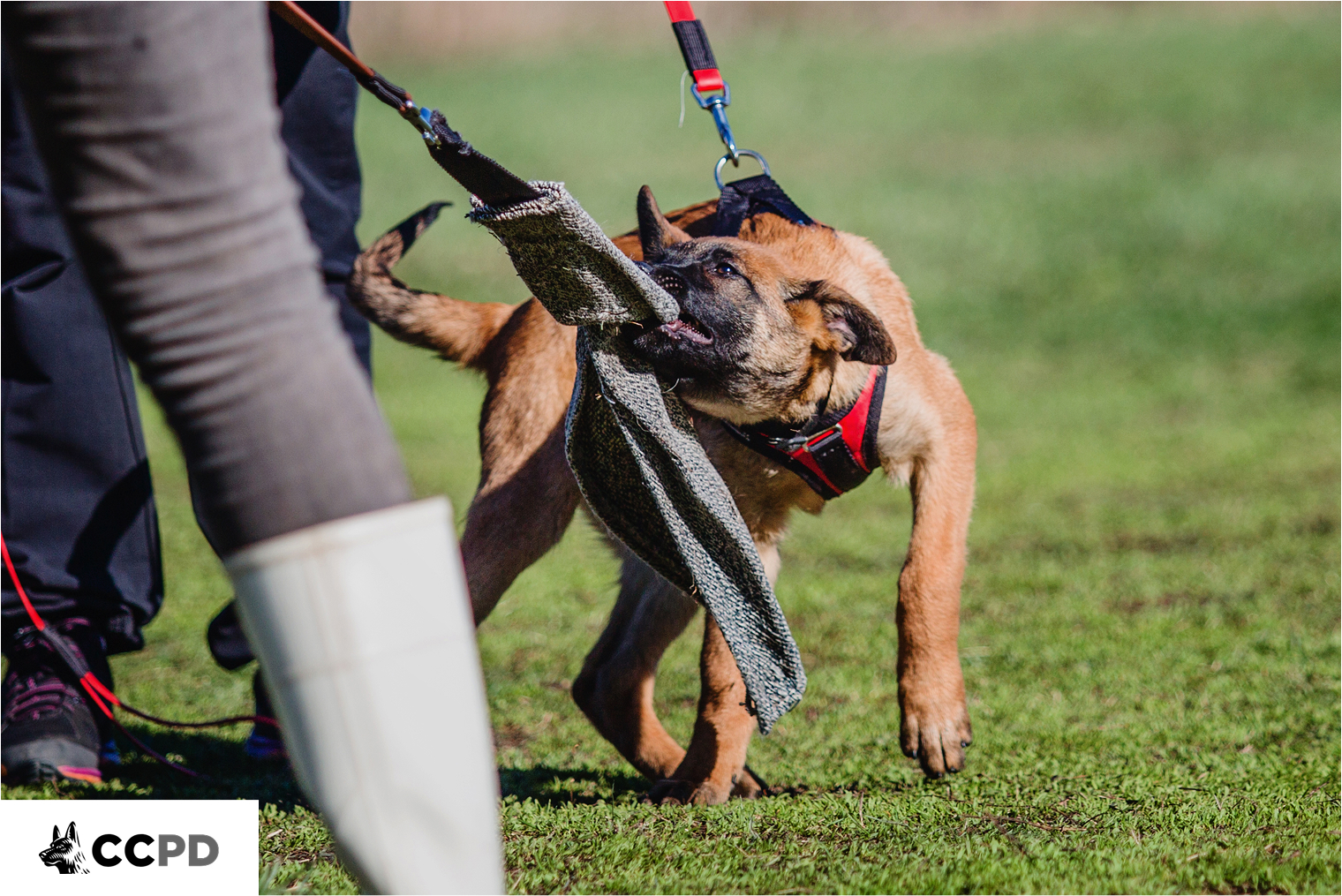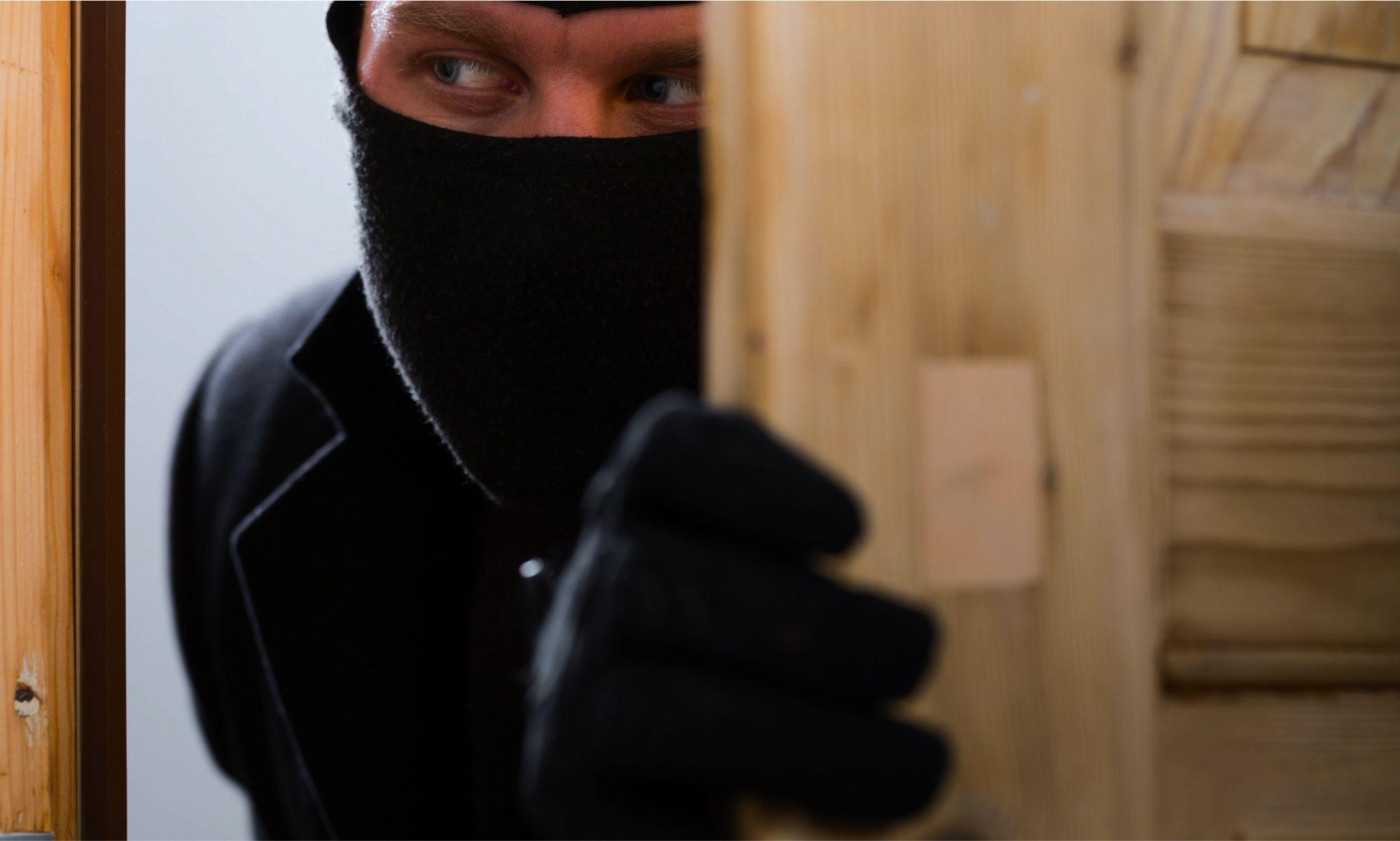Raw Dog Food: The Pros and Cons You Should Know
The concept of feeding dogs a raw diet isn’t new, but it continues to spark heated debates among pet owners and veterinarians. First popularized in 1993 by Australian veterinarian Ian Billinghurst, the idea behind raw feeding was to mimic what dogs’ wild ancestors—wolves—ate in nature. Billinghurst proposed that modern commercial diets are overly processed and stripped of the natural nutrients dogs were meant to consume.
While the raw dog food movement has grown steadily over the past three decades, opinions remain divided. Supporters praise its health benefits and “back-to-nature” approach, while critics warn of potential health risks, cost, and inconvenience. So, should you consider switching your dog to a raw food diet? Let’s take a closer look at both sides.
The Case for Raw Dog Food
Advocates of raw feeding argue that dogs, though domesticated, still share 99% of their DNA with wolves. Because their ancestors thrived on a natural diet of raw meat, bones, and vegetables, many believe dogs are biologically equipped to digest raw food more efficiently than processed kibble.
A raw dog food diet typically includes muscle meat, bones, organ meats (like liver or heart), raw eggs, vegetables, fruits, and sometimes dairy products such as yogurt or kefir. Supporters claim that this type of diet more closely aligns with a dog’s natural nutritional needs, providing a variety of vitamins and minerals in their most digestible form.
Nutritional Benefits of Raw Dog Food
-
Improved Digestion:
According to The Whole Dog Journal, cooking meat and vegetables destroys natural enzymes that help with digestion and nutrient absorption. Raw food retains these enzymes, potentially allowing dogs to better break down and utilize the nutrients they consume.
-
Avoiding Harmful Ingredients:
Many commercial kibbles contain preservatives, artificial colors, and fillers like corn, soy, or wheat that can trigger allergies or digestive issues. Raw feeding eliminates these unnecessary additives and focuses on real, whole ingredients.
-
Prevention of Health Problems:
Some pet owners report that their dogs experience fewer health issues—such as obesity, diabetes, and skin allergies—after switching to a raw diet. By avoiding the high-carb fillers and low-grade animal by-products in many commercial foods, you may help your dog maintain a healthier weight and stronger immune system.
-
Better Coat, Teeth, and Energy Levels:
Dogs on raw diets often develop shinier coats, leaner bodies, and healthier gums and teeth. Chewing raw bones naturally helps clean teeth, reducing plaque buildup. Owners also frequently notice higher energy levels and smaller, less odorous stools.
-
More Natural Variety:
Just as humans benefit from a varied diet, dogs do too. A raw diet allows pet owners to include a wide range of proteins and produce, reducing the risk of nutritional deficiencies that can come from repetitive kibble diets.
1. Cost Considerations
Feeding raw can become expensive, especially for large breeds or multi-dog households. High-quality meats, organs, and supplements add up quickly unless you buy in bulk or source directly from local farmers.
2. Handling and Storage
Raw meat carries bacteria such as Salmonella or E. coli that can pose risks to both dogs and humans. Proper storage, hygiene, and handling are essential. You’ll need dedicated freezer space and strict cleaning routines to avoid cross-contamination.
3. Digestive Adjustment Period
Transitioning from kibble to raw food can upset your dog’s stomach temporarily. Some dogs adjust easily, while others may experience diarrhea or vomiting. Gradual transitions—starting with small portions—tend to help most dogs adapt more comfortably.
4. Not Suitable for Every Dog
Certain dogs, especially seniors or those with medical conditions like kidney disease or pancreatitis, may not tolerate raw food well. Puppies and immunocompromised dogs also require special care. Always consult your veterinarian before making any drastic dietary changes.
Making the Right Choice
Choosing between raw and commercial dog food comes down to what works best for your dog’s health, your budget, and your lifestyle. While raw diets can offer remarkable improvements in coat health, digestion, and energy, they also demand time, money, and careful management to ensure they remain balanced and safe.
If you’re interested in exploring a raw diet, start by speaking with your veterinarian or a canine nutritionist. They can guide you on portion sizes, food safety, and supplements to ensure your dog receives a complete, balanced diet.
Ultimately, the best diet is one that keeps your dog happy, healthy, and thriving—whether that’s raw, cooked, or high-quality kibble.












